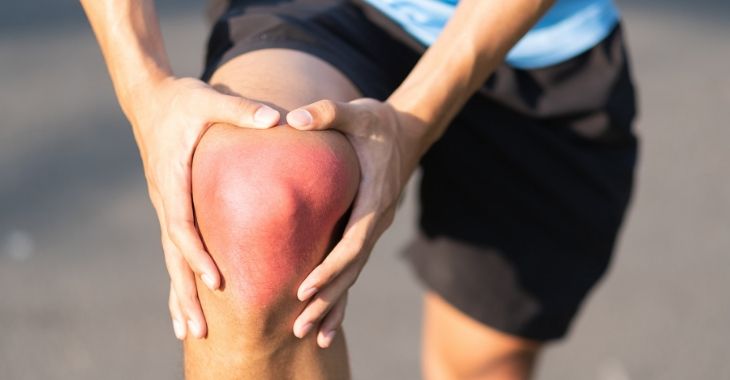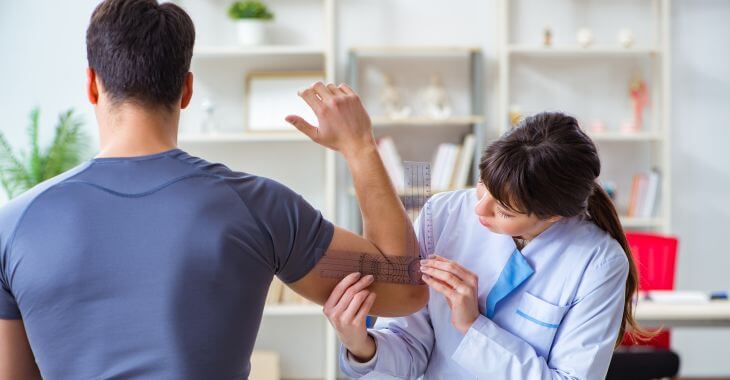Signs of Knee Cartilage Damage

The articular cartilage in the knee joint protects the bones from friction. When the cartilage is damaged in this weight-bearing joint, it can inhibit mobility and cause extensive discomfort. Cartilage does not repair itself automatically; if it is damaged, it will need treatment to repair. Here are some of the signs of knee cartilage damage:
- Swelling and pain. One of the first signs of knee cartilage damage is inflammation in the joint. The knee becomes swollen, warm and painful to use.
- Stiffness. The knee may feel stiff and hard to bend.
- Limited mobility. As the cartilage damage progresses, the knee may not function the same. Certain movements may be difficult or limited.
Cartilage damage does not go away; it will usually get worse with time. Causes of cartilage damage include a blow to the knee and wear/tear over time. Inactivity can put a person at higher risk for cartilage damage to their joints, especially the knee. Damage to the cartilage can lead to arthritis and further loss of cartilage.
Treatment for Cartilage Damage
There are many different treatments that can help with knee pain and cartilage damage. The inflammation and pain can be controlled with medications or cortisone injections. Another option is to stimulate the production of scar cartilage through drilling or burring the bone under the cartilage. When cartilage damage is caused by injury, surgery may be recommended to remove damage cartilage and/or replace cartilage with transplanted cartilage. For severe cartilage loss, a cartilage implant may be recommended.
Anyone with signs of knee cartilage damage should seek treatment to reduce pain, swelling and continued loss of cartilage. If conservative methods of treatment are ineffective, orthopedic surgery may be required to repair the cartilage and improve mobility.
Posted on behalf of:
Ortho Sport and Spine Physicians
5730 Glenridge Drive Northeast #230
Atlanta, GA 30328
(678) 752-7246
The information provided on this website, including text, graphics, images, and other materials, is intended solely for informational purposes and should not be used as a substitute for professional medical advice, diagnosis, or treatment.

)